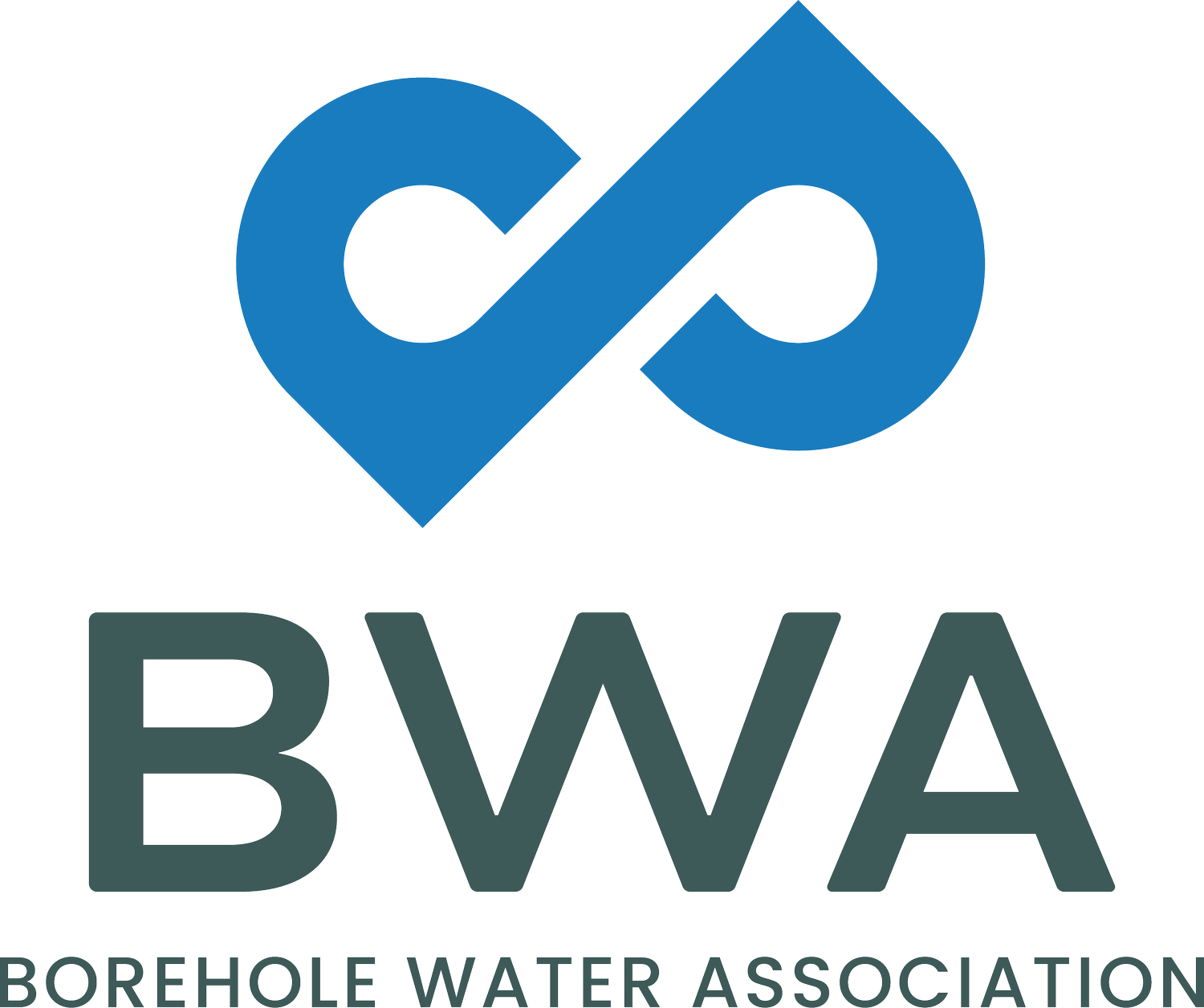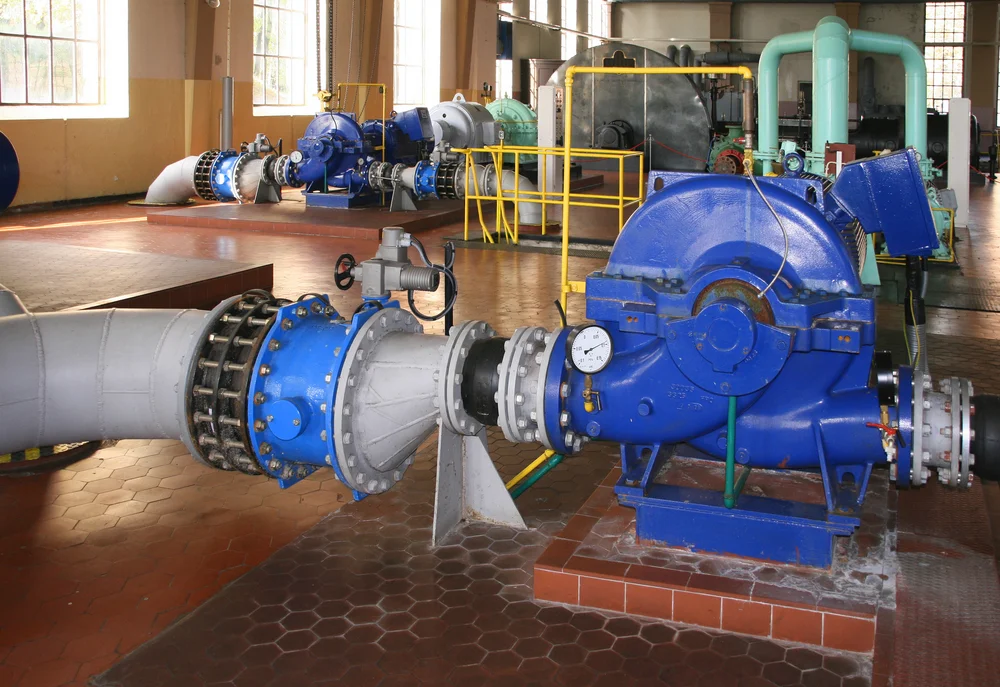Groundwater and a devastating fire, burnt plantations, an ailing wetland – a case study of application of good science and sound management
/by Roger Parsons and Ritchie Morris
A devastating fire started on 7th June 2017 and swept through Sedgefield, Knysna and Plettenberg Bay, leaving a path of destruction in its wake until it could be contained 4 days later. Seven people lost their lives, more than 1 000 homes were lost or severely damaged and some 15 000 ha of commercial forestry was lost or damaged. Damage amounted to billions of Rand and the entire community had to rise up and build their lives again.
The first salvaged timber arrived in August 2017 and the wet-deck would grow to 3 km at its peak. The stack was 4.5 m high and 24 m wide.
PG Bison was just one of many that had to implement a rehabilitation strategy so that they, their people and those who depend on them for their livelihoods could survive. As some of the damaged timber could still be harvested, they set about salvaging what they could. However, local sawmills could not cope with the sudden influx of timber to be processed, remembering that the Longmore Sawmill was lost in the fire. To counter this, PG Bison set up a wet-deck on their Ruigtevlei property east of Sedgefield. Wet-deck entails packing the logs in stacks 4.5 m high and 24 m wide and continually spraying the timber with water. The continuous wetting of the logs creates a shortage of oxygen in the wood, preventing fungi and fauna from entering and damaging the timber. If done within 10 months of the fire, the timber could be preserved until it could be processed. At its peak the wet-deck would extend for 3 km and need 4.5 ML/d of water for the irrigation.
PG Bison appointed Morris Environmental & Groundwater Alliance (MEGA) to develop a wellfield on their property to provide the required water.
The drilling crew installing the PVC screen and casing in borehole RV8, drilled to a depth of 108 m into the Table Mountain Group aquifer.
The prospects of meeting the demand were considered good given the groundwater supplies developed to the west for Sedgefield and the fact that the PG Bison property overlay Table Mountain Group (TMG) geology, known elsewhere as a productive aquifer system. Ritchie Morris of MEGA quickly put together an experienced team of hydrogeologists and contractors to tackle the project, knowing that the clock was ticking to preserve the timber. A detailed geophysical study was undertaken to support the siting of 8 production boreholes. Two dedicated monitoring boreholes were also installed, while a backup borehole was later drilled in 2019. Five of the boreholes targeted the shallow primary aquifer, while three were drilled to depths of around 100 m in search of the TMG aquifers
The drilling of 8 production boreholes was completed by September 2017, ensuring that the wet-deck operation could begin when the first timber arrived. Two drilling rigs were used – a small reverse-circulation mud rotary rig to drill into the shallow primary aquifer and a larger rotary percussion rig to drill down into the TMG aquifer.
In spite of limitations imposed by the diameter of casing available at the time, the boreholes were all high yielding. Scientific testing of the boreholes confirmed that collectively they could meet the estimated peak demand. Just 3 months after the fire the Fairview Wellfield was brought into production as the first timber started to arrive. Initially, abstraction was limited, but commenced in earnest in early 2018 and steadily grew as the size of the wet-deck increased. Abstraction reached a peak of around 5 ML/d in June 2019, but has since declined as the size of the wet-decks reduced. As of July 2021 abstraction has been negligible. Monitoring during production included the volume of groundwater abstracted and groundwater levels in the production and monitoring boreholes. A Water Use License was sought and granted by the Department of Water and Sanitation and the Breede Gouritz Catchment Management Authority.
Discharge during the testing of borehole RV8, with recently burnt young pine trees in the background
Concern had been expressed by some local residents about the impact of the abstraction from the Fairview Wellfield on Groenvlei, in particular as a result of observed low water levels in the wetland. Groenvlei is a unique wetland 700 m south of the wellfield. It is only fed by rainfall and groundwater inflow, and has no influent rivers.
This concern prompted a review of available data by Dr Roger Parsons who was awarded a Ph.D in 2014 for his research into the groundwater contribution to Groenvlei. Monitoring borehole RV12 had been positioned between the Fairview Wellfield and Groenvlei for the express purpose of detecting and quantifying potential impacts. Comparing the water level data of Groenvlei monitored by the Department of Water and Sanitation to that monitored in RV12 showed that the hydraulic gradient between RV12 and the wetland remained (nearly) constant during the 5 year observation period. The implication of this is that the volume of groundwater discharged into Groenvlei would remain stable under these conditions. This assessment was supported by a lack of correlation between the period of pumping, the drawdown induced in the production boreholes and the water levels observed in RV12 and Groenvlei.
Relation between the water level in Groenvlei and that monitored in borehole RV 12 located 250 m north of the wetland, but 650 m south of the nearest production borehole. Total abstraction from the Fairview Wellfield is also shown.
By contrast, a strong correlation was observed between rainfall and the water level of the wetland. It was observed that the current drop in wetland started at the same time as the onset of drought in October 2015. A similar pattern of decline was observed during the drought experienced in the late 1980s and early 1990s.
Applying the cumulative rainfall departure method – a statistical procedure introduced more than 70 years ago and used in groundwater recharge studies – shows that from October 2013, the level in Groenvlei rose in response to above average rainfall, but then started to fall in October 2015. The good rains of January 2020 only temporarily interrupted the declining trend of the water level. Slightly more rain in late 2021 and March 2022 accounted for the recent upward trend.
A plot of the cumulative departure of rainfall from mean comparted to the water level in Groenvlei and borehole RV12. Wetter conditions are experienced when the red line is above 0 (on the right-hand axis). Drought is apparent as of October 2015, coinciding with the declining water levels.
The observed relationship between the water level of Groenvlei and rainfall was expected given that rainfall accounts for 72% of the input into the system. While the wetland is recognised as a groundwater dependant ecosystem, groundwater is by far the lesser of the two hydrological drivers. Even so, monitoring the response of the aquifer to pumping from the Fairview Wellfield showed that the groundwater inflow into the wetland remained constant, during and after the wet-deck operation.
A positive outcome of this work was the additional knowledge gained about the groundwater resources of the area. Monitoring has shown groundwater was used within sustainable limits and that this provides an opportunity to further explore and develop groundwater supplies for either Sedgefield, Buffels Bay and even Knysna or for agricultural business purposes. However, exploration and use of what has been called the Garden Route Aquifer must be based on sound hydrogeological practice and management.
Ritchie Morris of Morris Environmental & Groundwater Alliance (MEGA) and Dr Roger Parsons of Parsons & Associates Specialist Groundwater Consults are professional hydrogeologists and registered Professional Natural Scientists. Ritchie was responsible for developing and monitoring the Fairview Wellfield while Roger has a long-standing interest in the hydrogeology of the area and the role of groundwater in sustaining Groenvlei. They wrote this article in their personal capacities. In doing so, they acknowledge the positive contribution of PG Bison, their commitment to ‘doing it right’ and permission to use their data in preparing this article.
Submitted by: Dr Roger Parsons Ph.D (UFS) Pr.Sci.Nat.
Parsons and Associates Specialist Groundwater Consultants.
New office tel: 063 403 9309 cell: 083-310-6504
email: roger@pasgc.co.za web: http://www.pasgc.co.za










